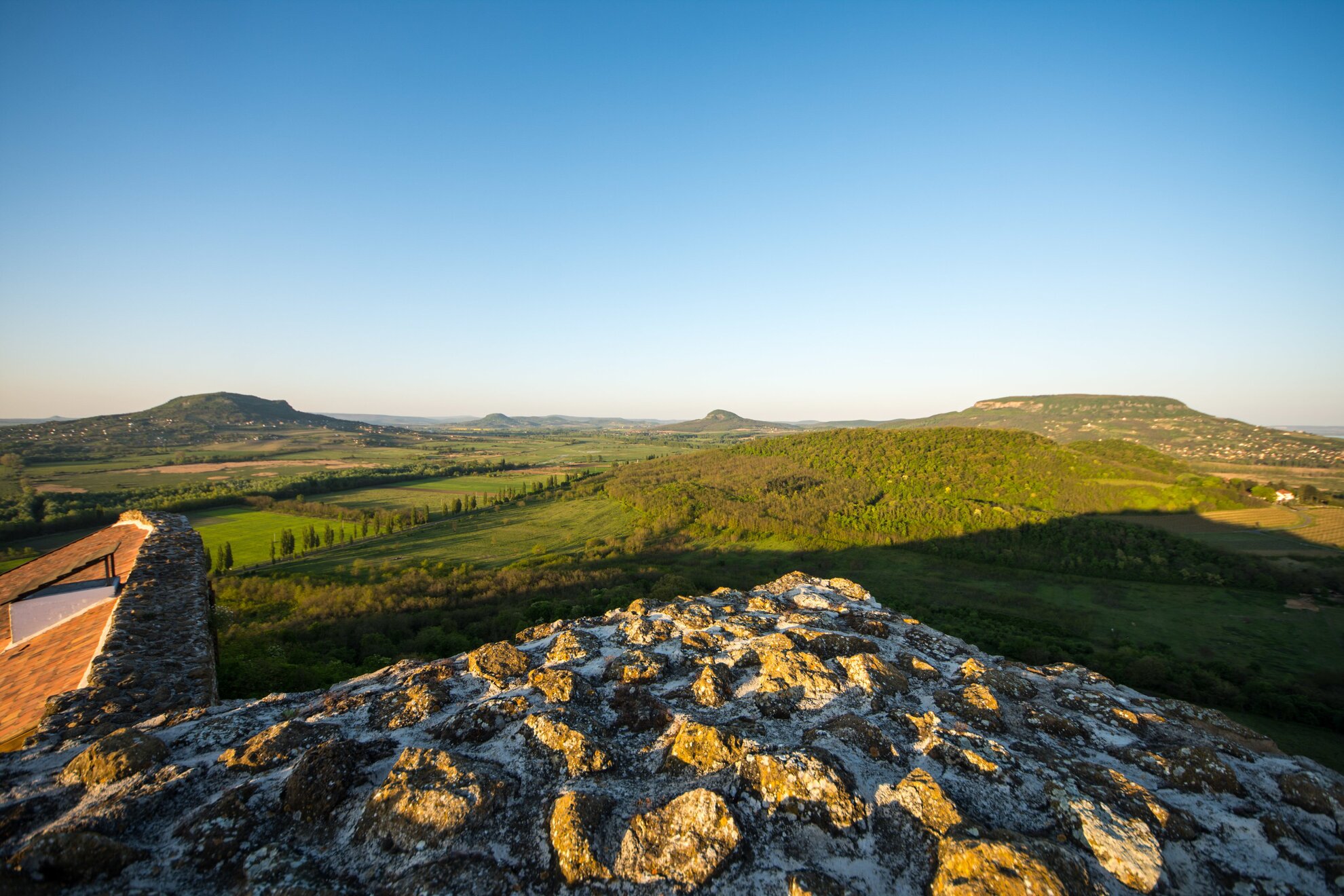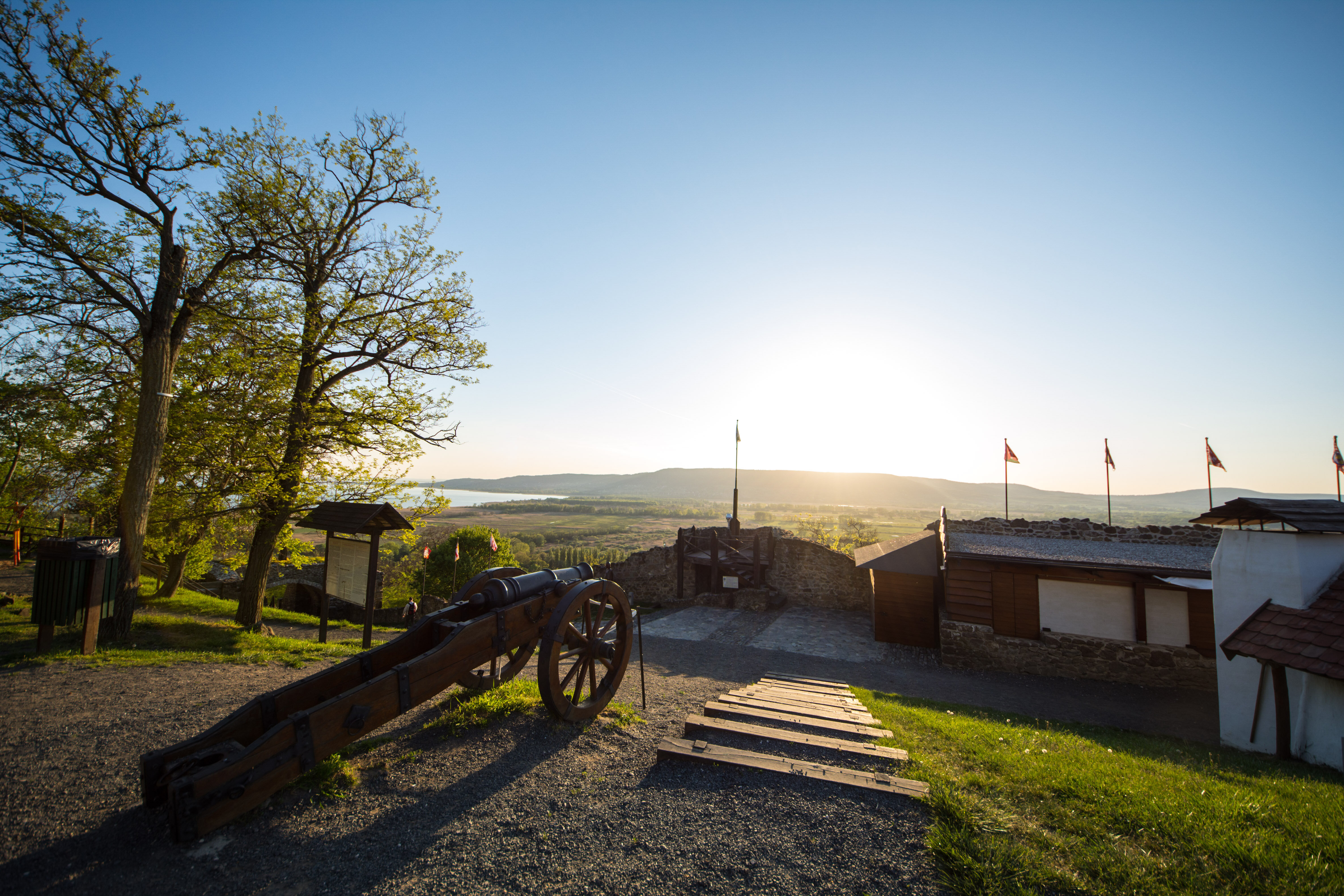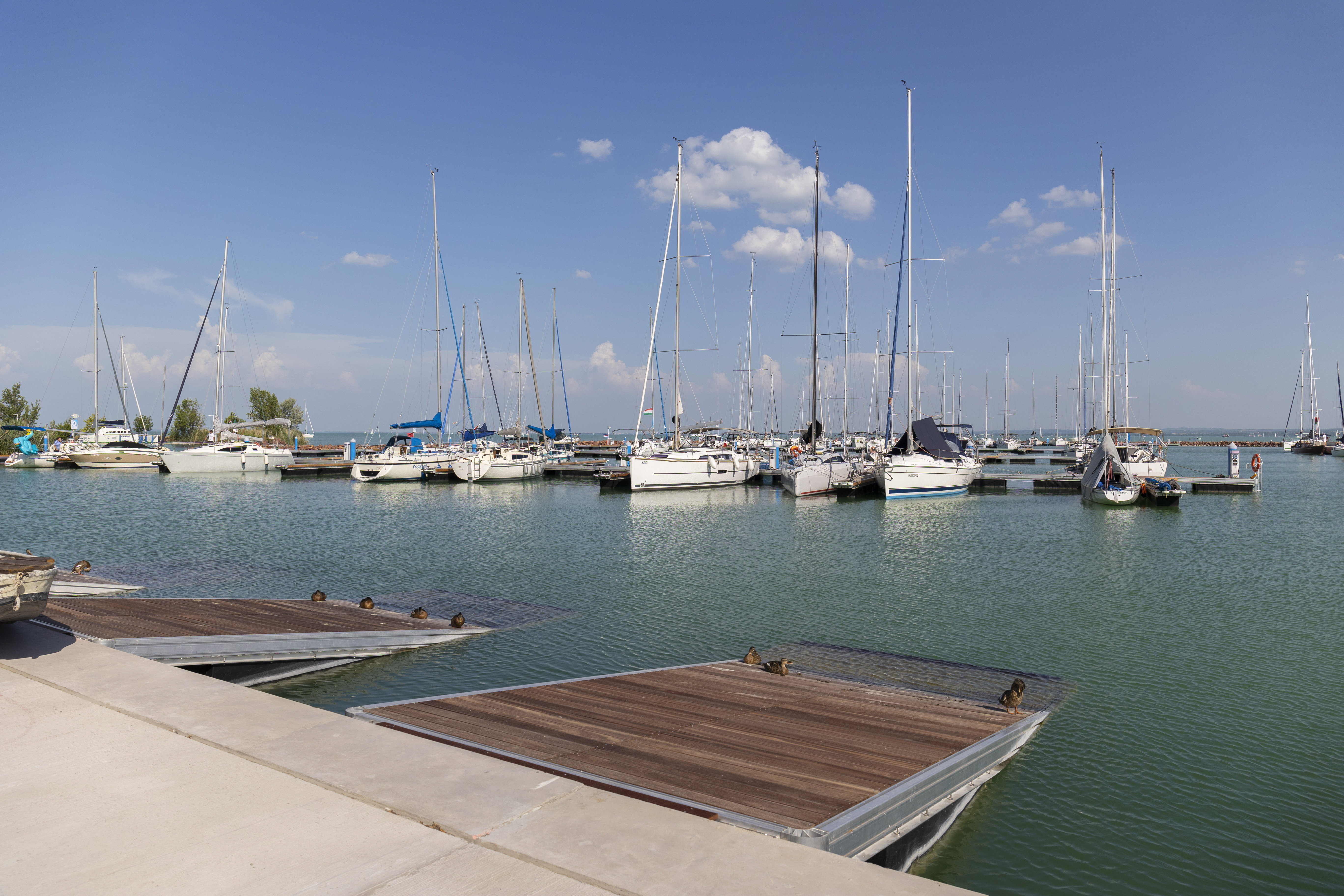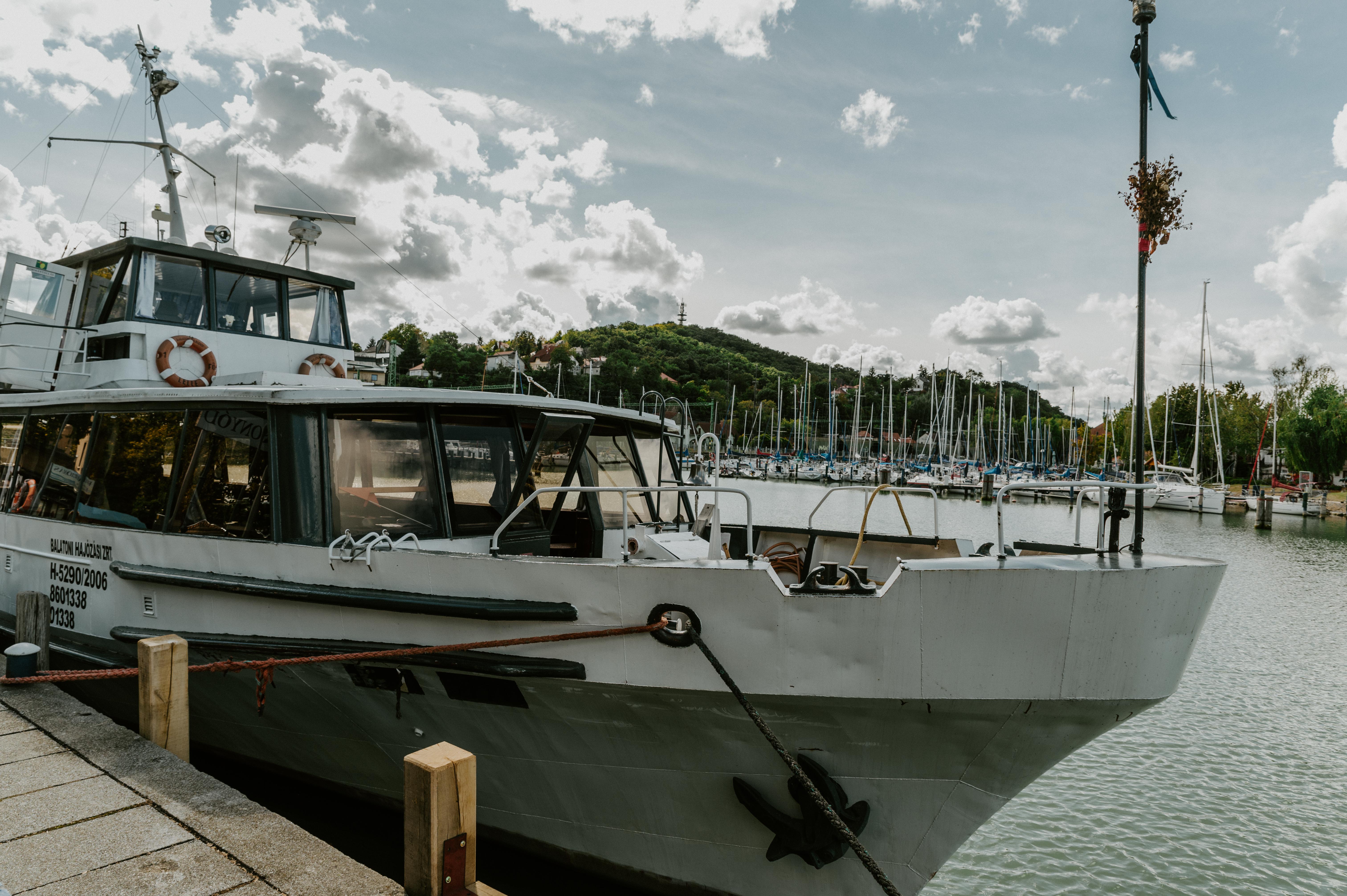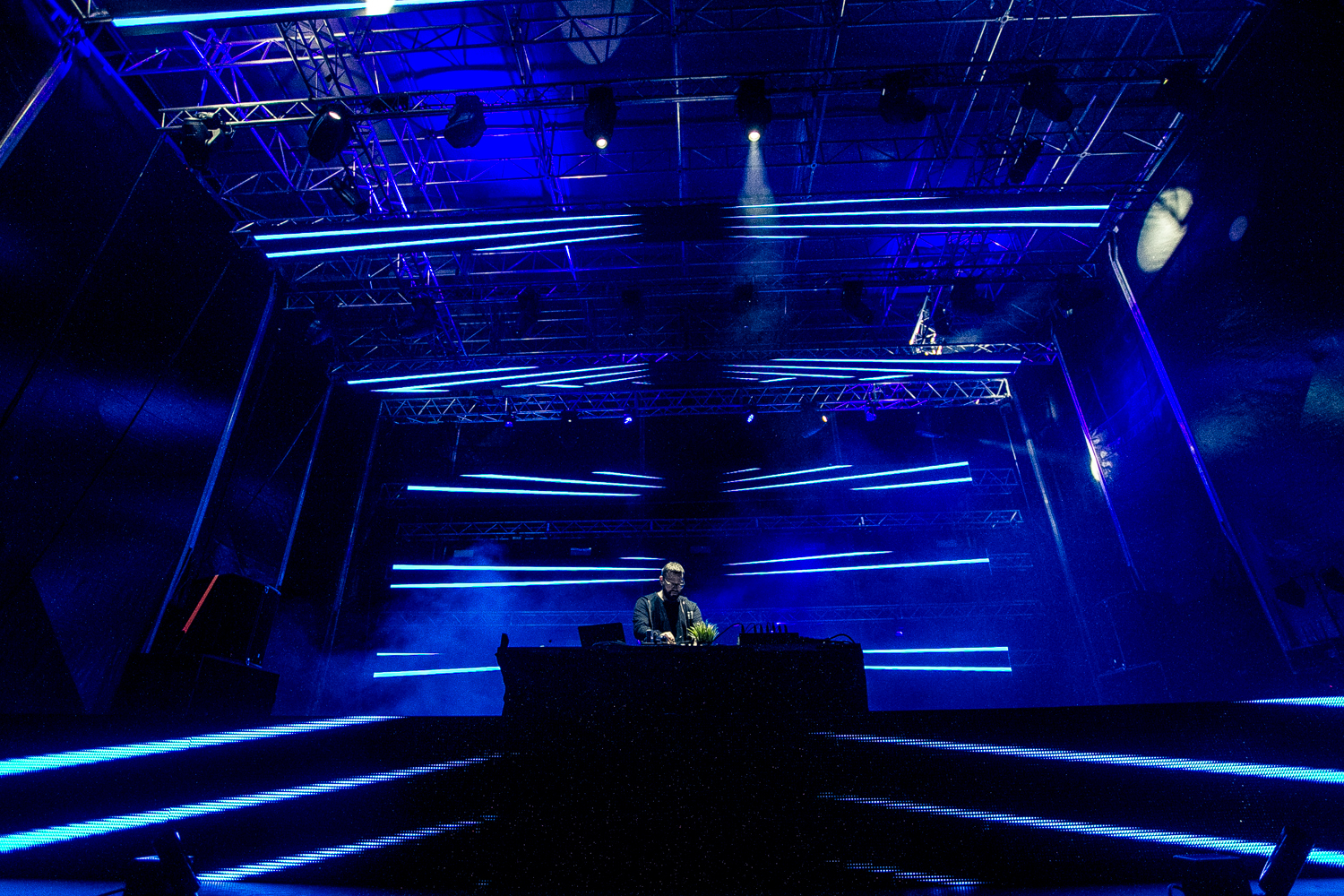The past
The first mentions of the castle date back to the 13th century, but a stone structure was only built after the Mongol Invasion. It became the property of the Móriczhidai family in the 1300s, who owned it for a century, during which time they expanded the complex.
It later changed owners various times before Bálint Török took over, who shaped the castle’s eventual 16th-century layout. Later Szigliget became a border fort under Captain Bálint Magyar, before the arrival of the Lengyel family and their 12 hussars, 25 infantrymen and 1 artilleryman in the service of the castle. A port was also built for military boats.
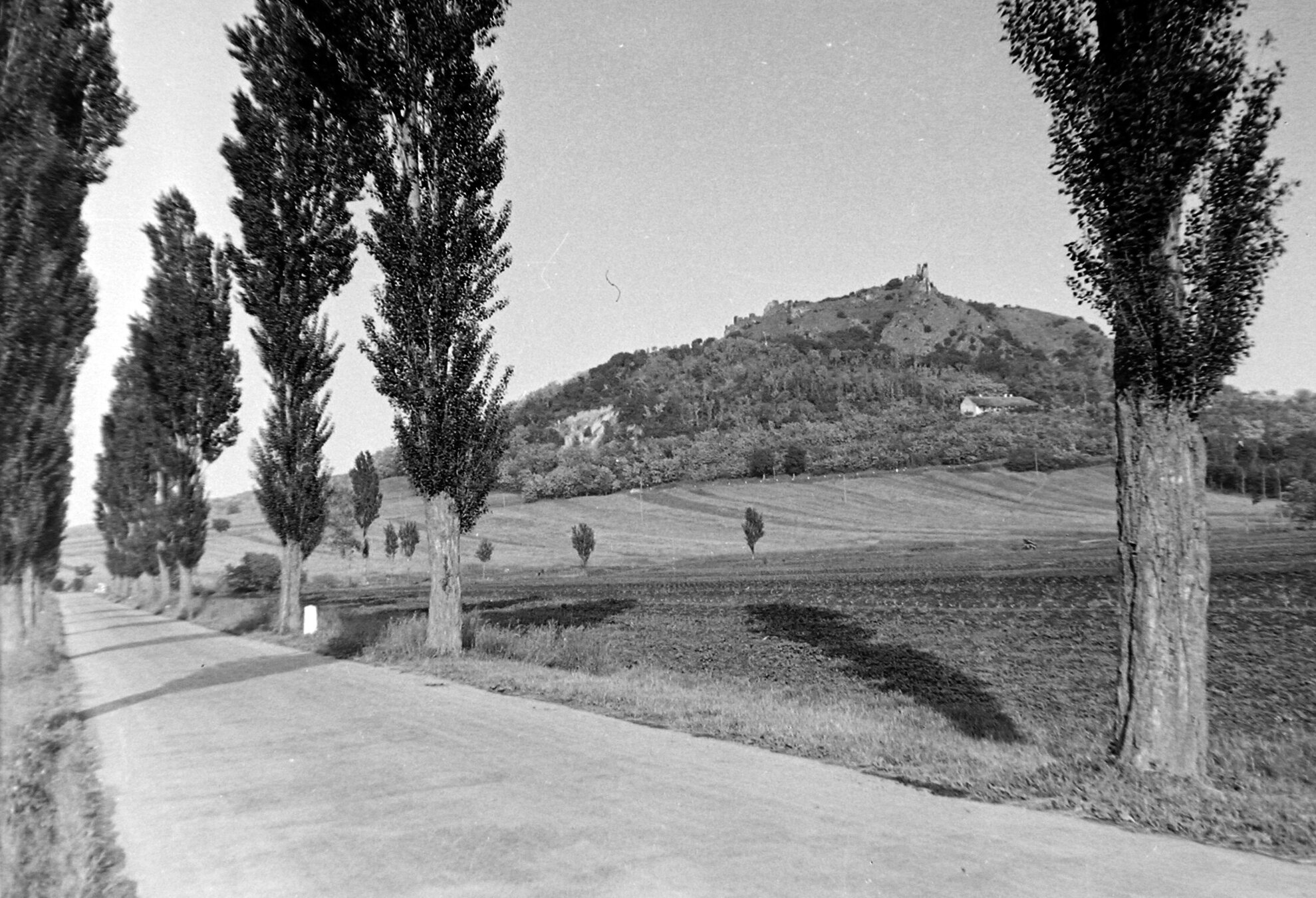
Once the Ottomans withdrew, the castle became neglected, with no funds for its maintenance.. Lightning struck it at the end of the 17th century, and part of it was blown up by order of the emperor. During Rákóczi's War of Independence, instead of being used as a fort, the opposing forces took away its stones. Meanwhile, the settlement started to grow, which also led to the end of the castle’s destruction. Its walls were reinforced multiple times during the 20th century.
The present
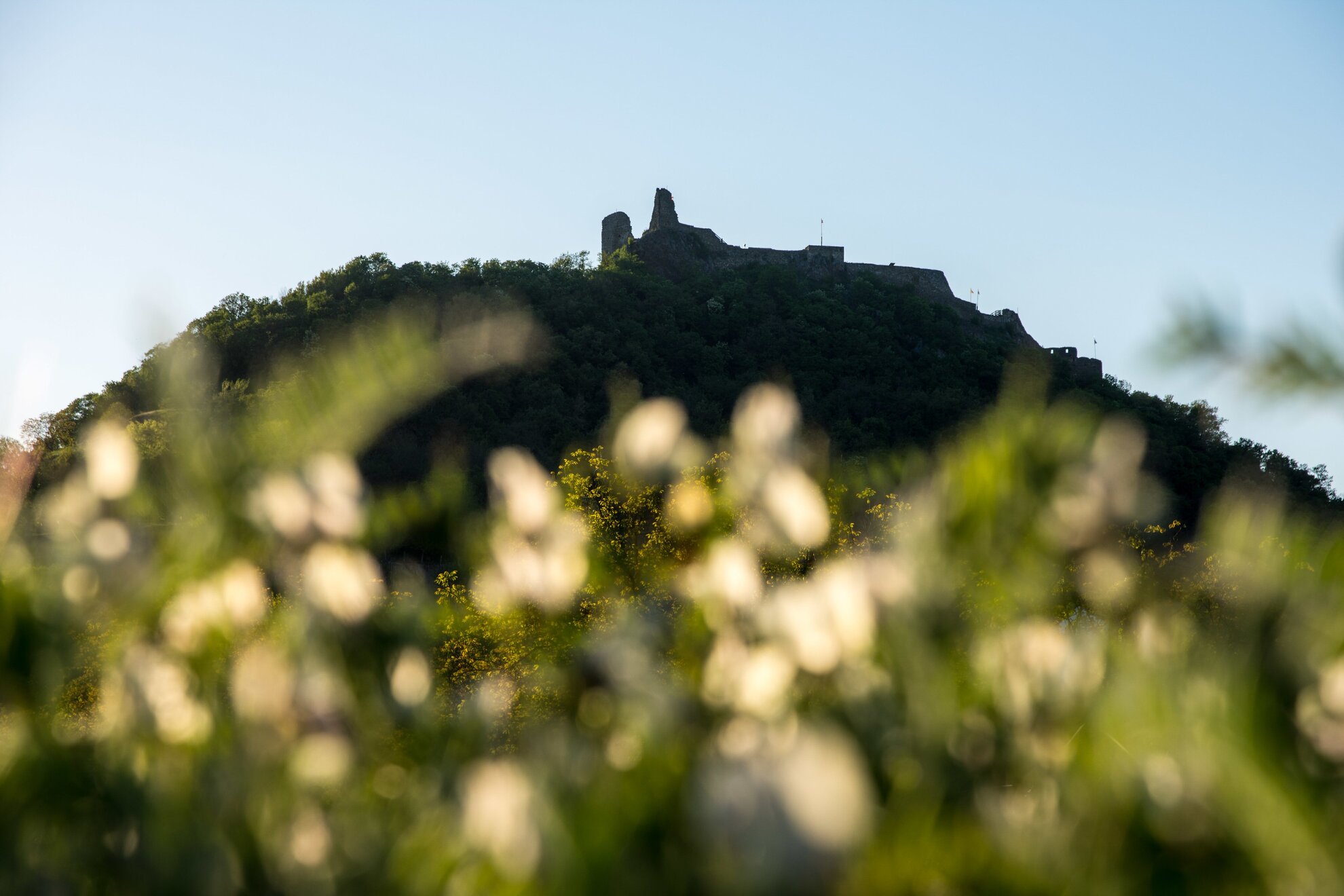
Today, the castle is one of the most important tourist sights in Szigliget while also being one of the most visited castles in the country. It’s open from Tuesday to Saturday, from 9am to 5pm. Adult tickets are 800 forints, children's 400. It’s easy to approach, with signs indicating the route to the castle. There’s also a car park to the right, just after entering the village. Make sure to stop at Várkávézó for a scoop of ice cream in spring and summer. The castle will be the venue of many events this year, from concerts to torch-lit guided tours. Plus, the view is worth the visit alone.
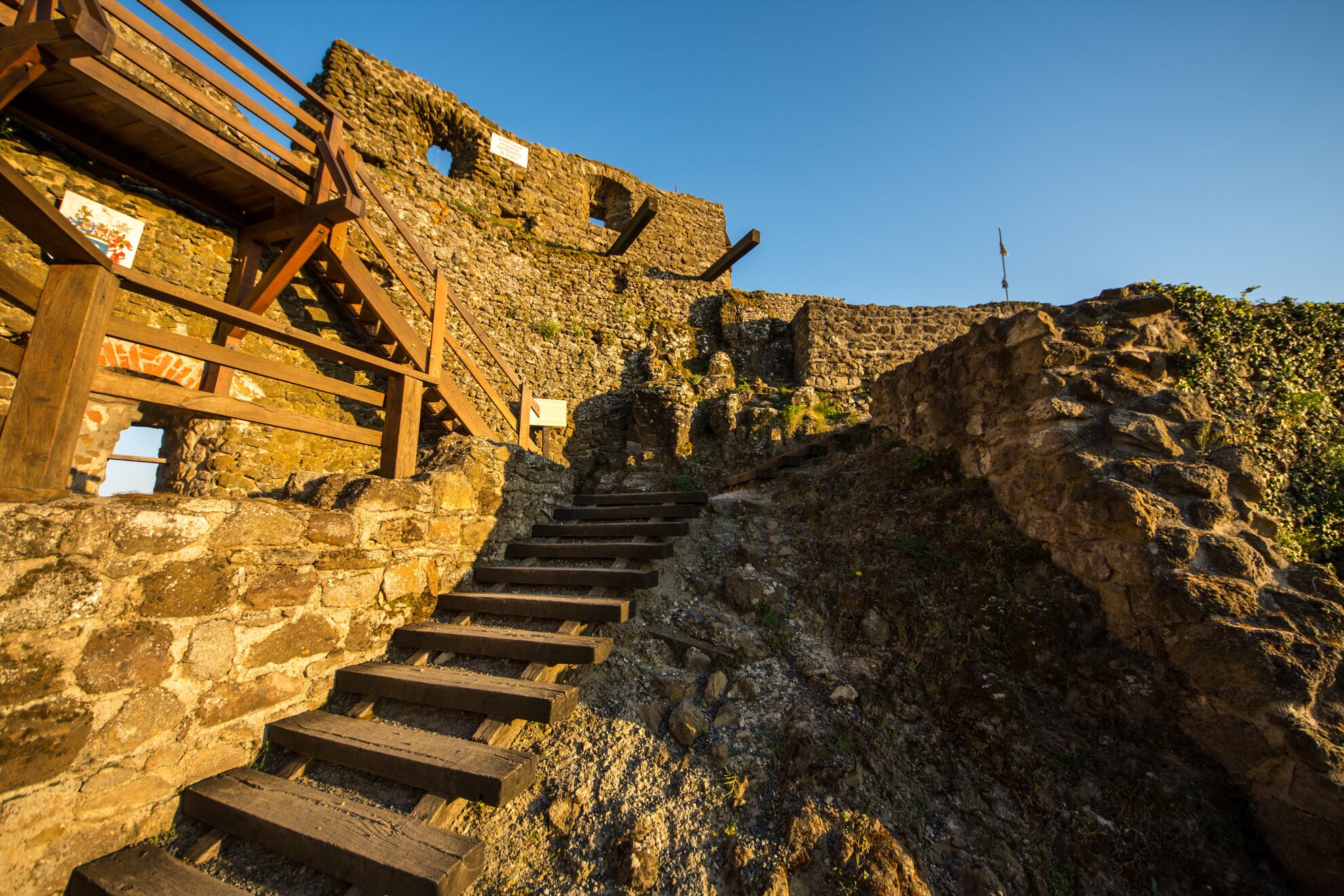
The future
The local council won funding for the castle’s renovation, and reconstruction is also taking place within the framework of a national programme. There will be more indoor areas, and in-depth retelling of the castle’s history, with an emphasis on interactive features.
